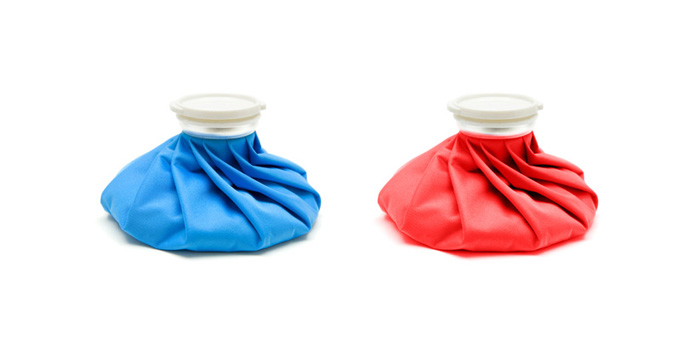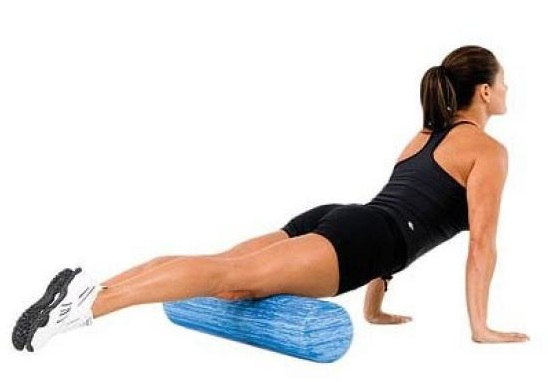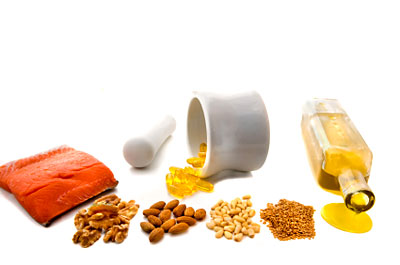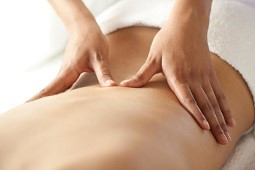Everyone wants a better body today. People push them hard to get their fitness goals, but it is never easy to start a workout program and stick to a balanced routine. Even if you manage to achieve that, you will have to deal with several issues going forward. One such issue is to experience muscle soreness after working out. Sometimes, it can be so severe that it makes it difficult for you to stay on track. While it is common to experience muscle soreness, especially when you perform exercises that are new to your body, you can take some steps to avoid feeling that bad after your workout session.
Why You Have Soreness After Working Out?
Muscle soreness is known as "delayed onset muscle soreness (DOMS)" and it occurs when you change your exercise routine, follow a new exercise program, or change the intensity of your workout. When you make your muscles to work in a different way, it leads to microscopic damage to the muscle fibers. This makes you feel sore – and contrary to popular believe, the soreness has nothing to do with lactic acid buildup in the body.
Muscles soreness after working out can last anywhere between three and five days. The pain can be severe or mild. Keep in mind that muscle soreness is different from any kind of sharp, sudden, or acute pain you experience during exercise. Any sudden pain usually indicates an injury, such as sprains and muscle strains.
How Can You Relieve the Soreness?
Any soreness after working out can make it difficult to continue with your exercise routine, but you can make pain manageable by taking certain steps. For instance:
1. Use Cold and Hot Compresses
 For the first 72 hours after your workout, you should use icepacks. Ice has pain-relieving properties and help reduce muscle aches. After the first session, you should reach for a hot compress. You can also apply heat to your muscles before you start your workout and then apply ice to help them cool down.
For the first 72 hours after your workout, you should use icepacks. Ice has pain-relieving properties and help reduce muscle aches. After the first session, you should reach for a hot compress. You can also apply heat to your muscles before you start your workout and then apply ice to help them cool down.
2. Try OTC Pain Relievers
 When your pain is severe, you can always take over-the-counter pain relievers. Ibuprofen is a good choice because it has anti-inflammatory properties. While acetaminophen does not have anti-inflammatory properties, it still helps relieve pain and is a good choice because of fewer gastrointestinal side effects than ibuprofen. Moreover, you can also apply topical pain treatments to relieve pains and aches. Several gels and creams are available that contain ingredients such as capsaicin, methyl salicylate, and menthol that help reduce pain without causing any side effects.
When your pain is severe, you can always take over-the-counter pain relievers. Ibuprofen is a good choice because it has anti-inflammatory properties. While acetaminophen does not have anti-inflammatory properties, it still helps relieve pain and is a good choice because of fewer gastrointestinal side effects than ibuprofen. Moreover, you can also apply topical pain treatments to relieve pains and aches. Several gels and creams are available that contain ingredients such as capsaicin, methyl salicylate, and menthol that help reduce pain without causing any side effects.
WARNING: DO NOT take them before a grueling workout. You should not take any painkillers before your workout because they can 'hide' the symptoms of any musculoskeletal injury that you may sustain during exercise. This will lead to overexertion and make your injury worse.
 3. Make Use of Foam Rollers
3. Make Use of Foam Rollers
Using foam rollers is like giving yourself a soothing massage. They improve blood circulation and helps increase flow of blood to your sore muscles. The good thing about foam rollers is that you can target specific muscles when using them.
4. Eat Omega-3 Fatty Acids
 Omega-3s has anti-inflammatory properties and help reduce pain and inflammation in your body. You can take fish oil pills daily to ease inflammation. Alternatively, you can increase intake of food rich in omega-3 fatty acids – nuts, spinach, and salmon are some of the best choices.
Omega-3s has anti-inflammatory properties and help reduce pain and inflammation in your body. You can take fish oil pills daily to ease inflammation. Alternatively, you can increase intake of food rich in omega-3 fatty acids – nuts, spinach, and salmon are some of the best choices.
5. Drink Cherry Juice
 You can drink cherry juice as post-workout recovery drink to help relieve soreness after working out. It is a good choice because of the presence of anthocyanins, special antioxidant compounds found aplenty in tart cherries. These compounds reduce inflammation in your body and relieve soreness. You can make it a habit to drink cherry juice on workout days whether you have soreness or not.
You can drink cherry juice as post-workout recovery drink to help relieve soreness after working out. It is a good choice because of the presence of anthocyanins, special antioxidant compounds found aplenty in tart cherries. These compounds reduce inflammation in your body and relieve soreness. You can make it a habit to drink cherry juice on workout days whether you have soreness or not.
6. Enjoy Coffee
 Studies show that if you drink a cup of coffee before starting your workout, you may manage to avoid dealing with muscle soreness and fatigue. Another good thing about drinking coffee is that it boosts endurance and makes it possible for you to complete a heavy workout session with ease.
Studies show that if you drink a cup of coffee before starting your workout, you may manage to avoid dealing with muscle soreness and fatigue. Another good thing about drinking coffee is that it boosts endurance and makes it possible for you to complete a heavy workout session with ease.
7. Have a Massage
 You can ask someone to give you a deep tissue massage that increases blood flow to your muscles and reduces soreness. You can ask a professional to give you a massage. He will massage above and below the sore area and then also work into your sore muscle to reduce soreness. Alternatively, you can use a tennis ball to apply pressure to sore muscles or even use a self-massage device.
You can ask someone to give you a deep tissue massage that increases blood flow to your muscles and reduces soreness. You can ask a professional to give you a massage. He will massage above and below the sore area and then also work into your sore muscle to reduce soreness. Alternatively, you can use a tennis ball to apply pressure to sore muscles or even use a self-massage device.
Are There Ways to Prevent Muscle Soreness?
While it is hard to find a way to avoid feeling any soreness after working out, you can definitely take some steps to limit exercise-induced pain. For instance:
- Enjoy a post-workout snack. Studies show that having a post-workout snack loaded with protein and carbohydrates may help ease muscle pain. You can simply munch a bowl of cereal or enjoy a couple of cups of chocolate milk after your workout session to reduce muscle soreness.
- Do not change your workout routine suddenly. Even if you want to increase intensity or try a new exercise, you should aim for gradual transition. It is also a good idea to do some preparation training first before you try an intense exercise. For instance, walking down stairs for a few days before jogging downhill will help prevent soreness.
